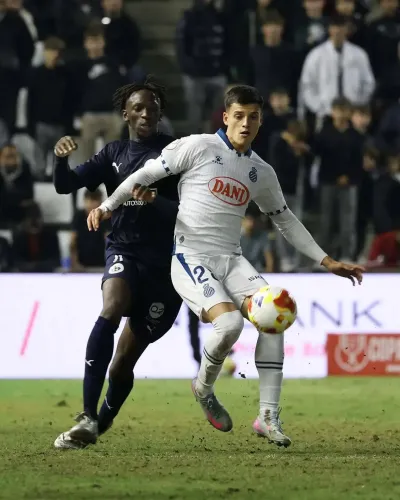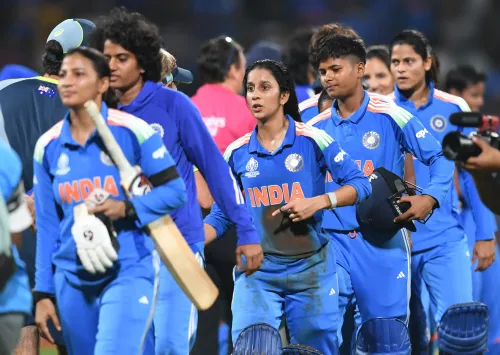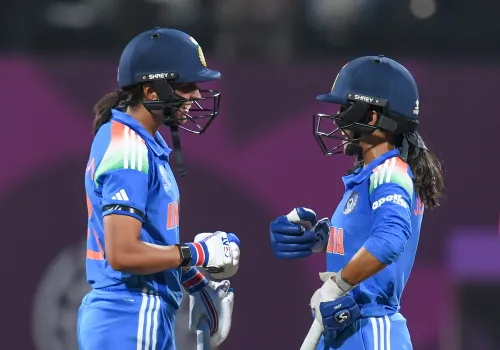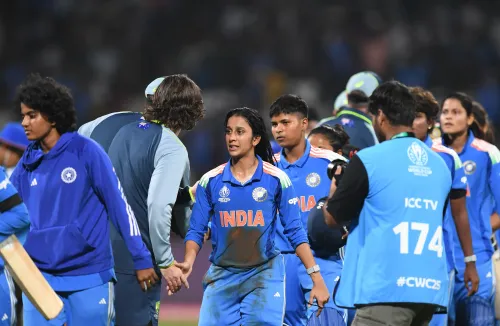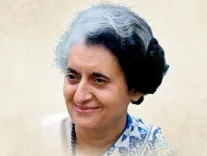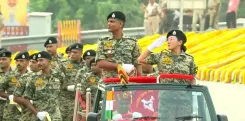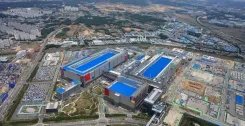How is India Planning to Secure a Top 10 Finish at the 2036 Olympics?
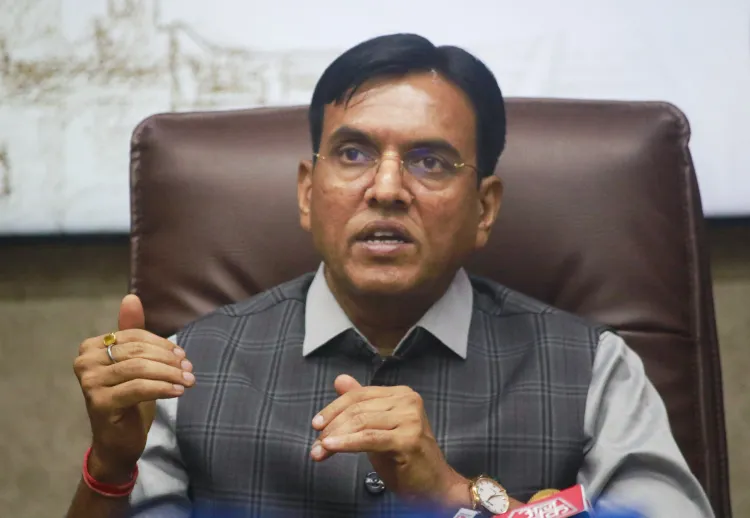
Synopsis
Key Takeaways
- India aims to rank among the top 10 nations in the 2036 Summer Olympics and Paralympics.
- The Khelo Bharat Niti focuses on good governance and athlete development.
- National Sports Federations are crucial for implementing these initiatives.
- Collaboration with states and corporates is necessary for long-term success.
- A structured talent development pyramid is being established.
New Delhi, July 17 (NationPress) The Union Minister for Youth Affairs and Sports, Mansukh Mandaviya, revealed India's ambitious plan to rank among the top 10 nations in the 2036 Summer Olympics and Paralympics on Thursday.
During the Khelo Bharat Conclave, key stakeholders including representatives from the National Sports Federations, the Paralympic Committee of India, and the Indian Olympic Association gathered for an extensive brainstorming session aimed at transforming India into a global sports powerhouse by 2047.
The interactive conclave delved into the foundational pillars outlined in the Khelo Bharat Niti 2025 (sports policy). Significant discussions focused on the necessity of good governance and the forthcoming Bill to be presented in the Monsoon session of Parliament starting July 21.
While athletes are at the core of the Khelo Bharat Niti, the government underscored the essential roles of National Sports Federations, state governments, and corporate entities in ensuring that India secures a top 10 placement in the 2036 Summer Olympics and Paralympics.
“Sports is a public movement. We can achieve our goals only through collective effort. Our Prime Minister Modiji emphasizes unity in sports, and we must set aside our egos, concentrate on comprehensive planning, and translate plans into tangible outcomes,” Mandaviya stated.
Those present at the six-hour Khelo Bharat conclave unanimously agreed that the government's policy is ambitious yet a genuine endeavor to realize global sports standards. Each presentation was followed by interactive sessions where various stakeholders contributed suggestions, noted by senior ministry officials.
Union Minister of State for Youth Affairs and Sports, Raksha Nikhil Khadse, mentioned that the Khelo Bharat Niti was formulated after assessing the “ground realities” and “challenges” of Indian sports. It took over a year to create this document, which underwent multiple revisions following extensive discussions with key stakeholders.
“We have an opportunity to elevate sports and, through this integrated policy, India can excel in the entertainment sector, create jobs, and guide the youth,” Khadse added.
Mandaviya urged National Sports Federations to take the initiative in enhancing governance promptly. “We must evaluate our current standing and define our goals. Initially, I call upon the NSFs to present a five-year policy by August, followed by a comprehensive 10-year plan. With the Asian Games approaching in 2026, a holistic approach is crucial, as we not only aim to win medals at the Olympics but also to turn sports into a commercial entity that attracts international participation and boosts sports tourism in Ladakh and Jammu and Kashmir.
Alongside the emphasis on good governance, there were fervent discussions on issues like producing quality coaches, developing skilled sports administrators, fostering sports goods businesses, and tackling doping. The sports ministry's “nation-first” approach demands a significant commitment from national sports federations, urging them to outline “three good governance initiatives” by August 29, coinciding with National Sports Day.
“The successful execution of the Khelo Bharat Niti relies on our ability to implement these initiatives effectively. We are ready to support National Sports Federations, but moving forward, we will prioritize performance-based grants. This will ensure that we maintain focus and seriousness in our planning and management of sports,” Mandaviya remarked. The ministry also called for a well-structured calendar of events to prevent logistical challenges for athletes.
In pursuit of a Viksit Bharat, the sports ministry is prioritizing a three-tiered talent development pyramid that begins with schools and culminates at the proposed Olympic Training Centres. The government has already laid out a five-year plan (2026-27 to 2030-31) that starts with a residential sports school catering to over 16,500 students, offering pathways to the intermediate level (over 6,500) and ultimately to the elite division that aims to nurture more than 1,300 potential international medalists.
Mandaviya has stressed the importance of state involvement in nation-building. Given the scale of the task ahead to fulfill India's aspiration of reaching the pinnacle of global sports, the government has proposed signing agreements with states, schools, and corporations as necessary to achieve sustainable outcomes.

